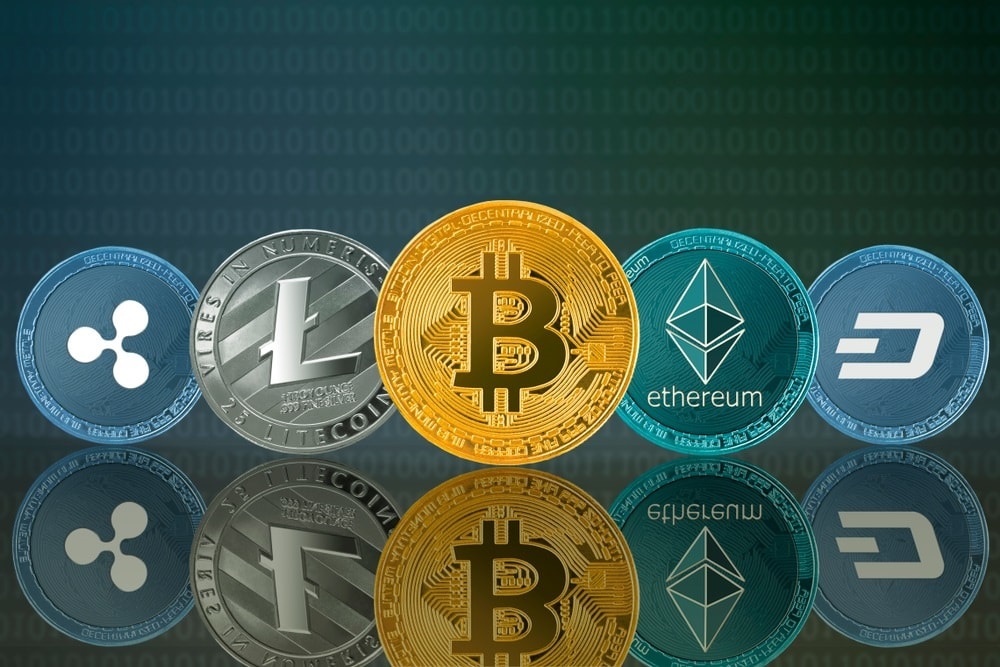Cryptocurrency Exchange Security: A Checklist for Safe Trading
As the world of cryptocurrency continues to evolve, so do the ways in which criminals attempt to exploit vulnerable systems and users. The security of a cryptocurrency exchange is of the utmost importance, as hacking and fraudulent activities can have devastating consequences for traders, investors, and the market as a whole. To ensure safe trading, exchanges must prioritize robust security measures and best practices. This article outlines a comprehensive checklist for exchange security, protecting users from the risks and threats associated with cryptocurrency trading.
1. Authentication and Access Control
Multi-factor authentication (MFA) is a crucial initial step in securing an exchange. Implementing MFA ensures that even if an attacker obtains a user’s login credentials, they won’t be able to access the account without additional forms of verification. Exchanges should also implement robust password policies, including password requirements, timeouts, and IP blocking.
2. Data Encryption
All user data, including passwords, should be encrypted to protect against unauthorized access. Public-key infrastructure (PKI) solutions, such as SSL/TLS, help ensure data transmission is secure. Furthermore, exchanges should store data in encrypted forms, preventing unauthorized access and minimizing damage in the event of a breach.
3. Network Security
Exchanges must ensure network security is paramount, involving:
* Firewall rules to block suspicious traffic and limit exposure
* Regular vulnerability assessments and patching to address potential flaws
* Implementing a Secure Sockets Layer (SSL) or Transport Layer Security (TLS) protocol
* Continuous monitoring for suspicious activity, such as IP address scraping4. Auditing and Monitoring
Robust auditing and monitoring enable exchanges to detect and respond to security incidents promptly and effectively:
* Conduct regular vulnerability assessments and penetration testing
* Log all activity, including account access and transactions
* Set up alerting systems to notify administrators of potential issues
* Implement real-time monitoring tools to identify and respond to suspicious behavior5. Customer Funds Protection
Exchanges must prioritize safeguarding customer funds by implementing:
* Segregation of hot and cold storage wallets to minimize exposure to hacking and theft
* Advanced multi-signature wallets with strict access controls
* Regular external audits and security assessments by reputable firms6. Disaster Recovery and Business Continuity
Disasters can occur, and a robust disaster recovery plan can help ensure the exchange stays operational and secure:
* Implement regular backups, both offsite and locally
* Set up redundant infrastructure to minimize single points of failure
* Conduct regular disaster recovery drills and testing7. Regulatory Compliance
Exchanges must comply with relevant regulatory requirements, which often emphasize security and fraud prevention:
* Identify and report suspicious activity
* Implement anti-money laundering (AML) and know-your-customer (KYC) measures
* Maintain records and documentation, as required8. User Education and Awareness
Users should be aware of their roles in maintaining exchange security, including:
* Setting strong, unique passwords
* Avoiding sharing login credentials or 2FA secrets
* Reporting suspicious activity to exchange administrators
* Upgrading and updating software to ensure protection against known vulnerabilitiesIn conclusion, secure cryptocurrency trading requires a concerted effort from exchanges, combining robust security measures, industry best practices, and responsible user behavior. By adopting this checklist, exchanges can significantly reduce the risk of security breaches and protect user assets. As the world of cryptocurrency continues to grow, so too must its commitment to security and risk management.

